A few weeks ago, I spoke at a pediatrics residents' symposium about politics, civic engagement, the health of our patients and families, and how voting is critical in tying all of these together. At the end of my talk, I shared three images with my fellow child advocates, encouraging them to exercise their right to vote, and to see it as yet another form of child advocacy.
The first picture is an iconic photograph from the women's suffrage era, taken in 1920, of Alice Paul and a group of women holding a banner with a quote from Susan B. Anthony: "No self-respecting woman should wish or work for the success of a party that ignores her sex." These words are still as true today as they were over 90 years ago, and the image itself is a powerful reminder of how valuable the right to vote is. However, it is also worth remembering what these women wanted to do with the right to vote: increase safety at the workplace, adopt a minimum wage and better the lives of children. Women like Florence Kelley understood how voting could address the atrocities of child labor. In 1905, recognizing that women did not yet have the right to vote, she gave a speech encouraging male workers in factories to use their vote to urge legislatures to pass policies protecting children from the dangers and abuses of the workplace:
We can enlist the workingmen on behalf of our enfranchisement just in proportion as we strive with them to free the children. ... For the sake of the children, for the Republic in which these children will vote after we are dead, and for the sake of our cause, we should enlist the workingmen voters, with us, in this task of freeing the children from toil!
The second picture is one of many photographs taken during the civil rights movement of the 1960s. It is of African-American protestors carrying signs with various messages, all connected in their call for dignity: "Unrestricted Voting Rights," "Labor sat down for the right to strike, students sit in for treat men alike," and, on the far left, "End school segregation, endorse Supreme Court decision." These are ordinary men and women, all of who sacrificed so much in order to have the precious right of the vote for themselves and for the generations that followed. Septima Poinsette Clark was a schoolteacher who had witnessed the devastating effects of discrimination on children, their teachers and their societies. She taught adults how to read and write so they could pass the literacy tests that were used to stop African-Americans from voting in many parts of the South. Her students learned how voting contributes to the health of their democracy and the dignity of their children.
The third photo was of a button from the American Academy of Pediatrics saying, "I care for kids and I vote," next to the Academy's advocacy icon, AAP Charlie. The men and women in either of the two photographs described above could have worn this button. As I cast my ballot today, I felt the weight and pride of this badge of honor. There is an under-appreciated history of child advocates who sought the right to vote so they could use the ballot as one of many tools to improve the lives of children. This election season, there are many decisions to be made across the country for candidates and ballot initiatives that can impact the lives of our children. Our votes will determine issues ranging from Medicaid, education, health care funding, reproductive health, and marriage, just to name a few. We owe it to our voting rights champions of our past, the children we care for today, and our common future to make the tough decisions and vote.
